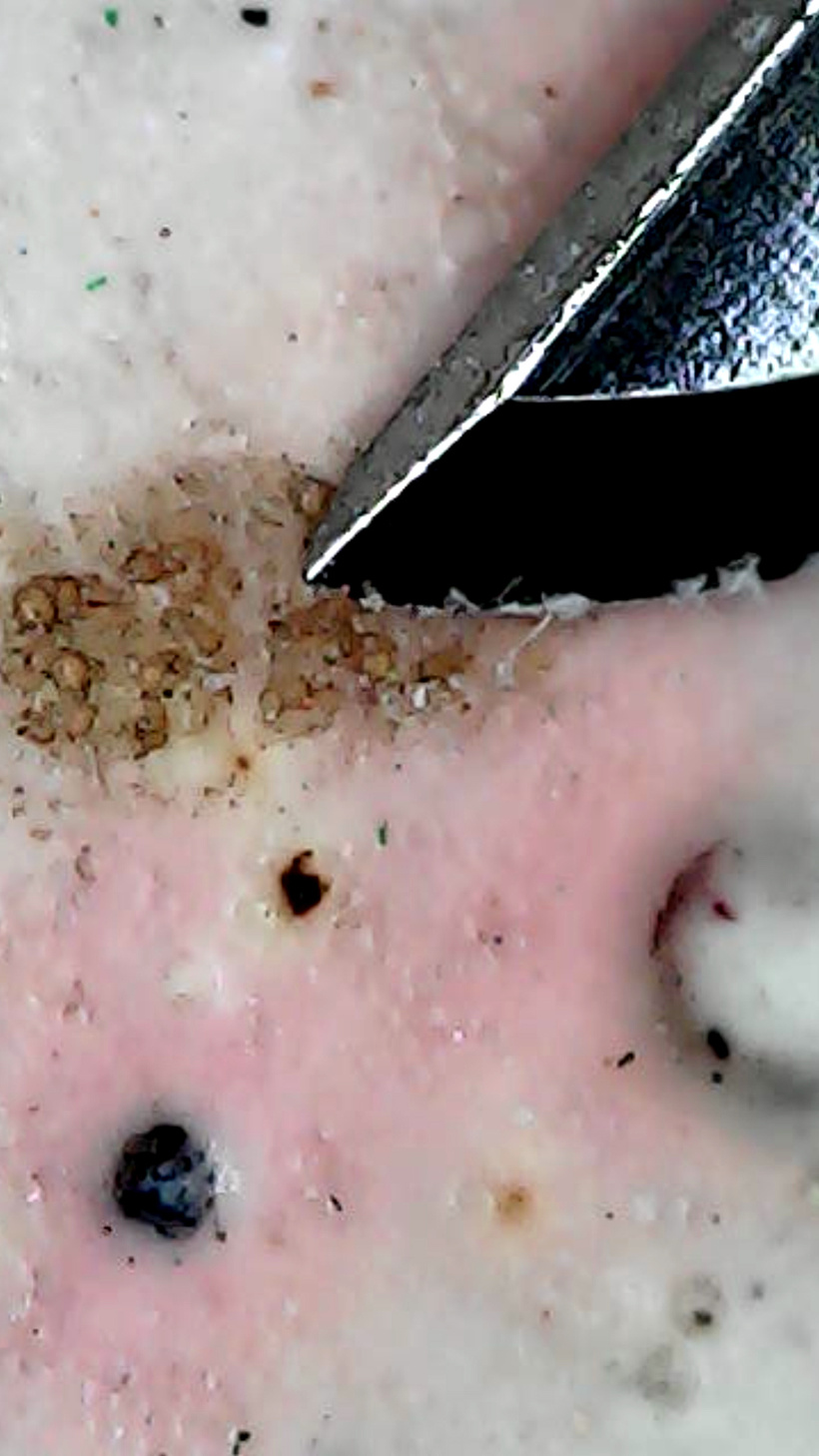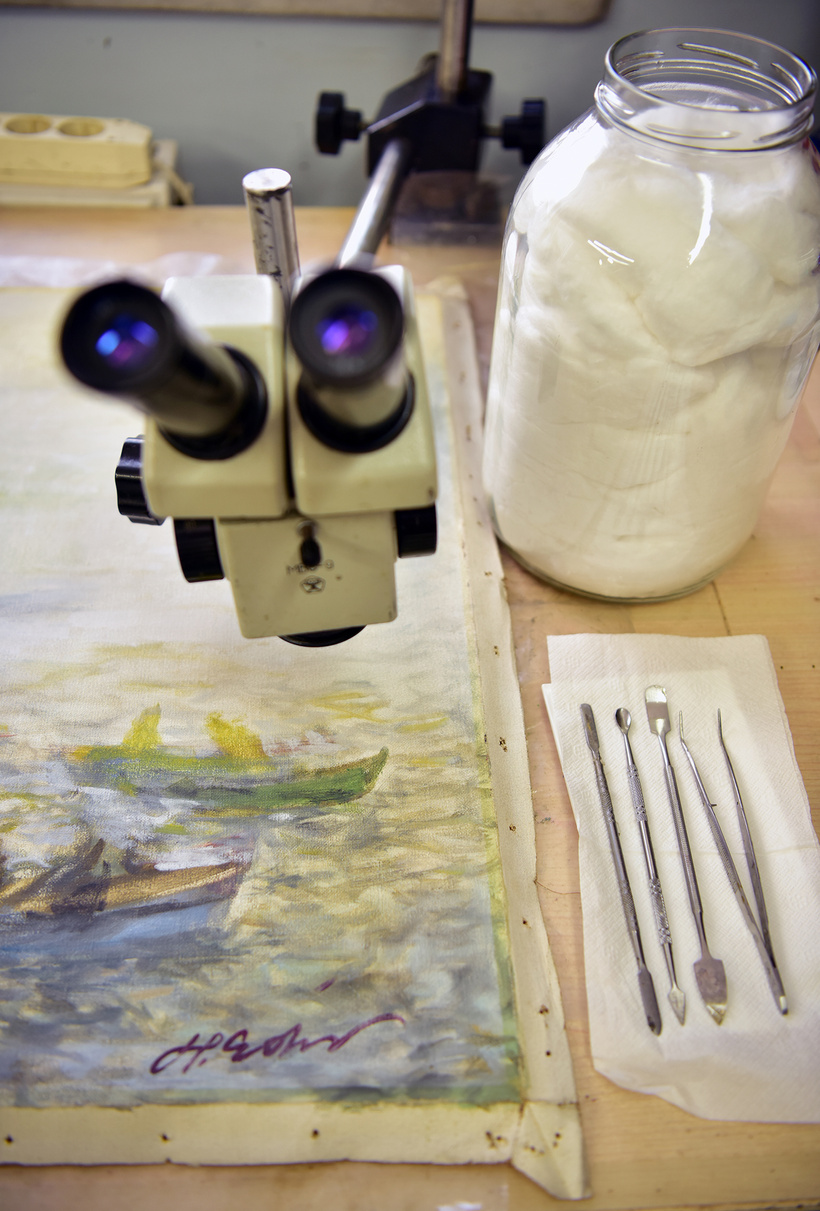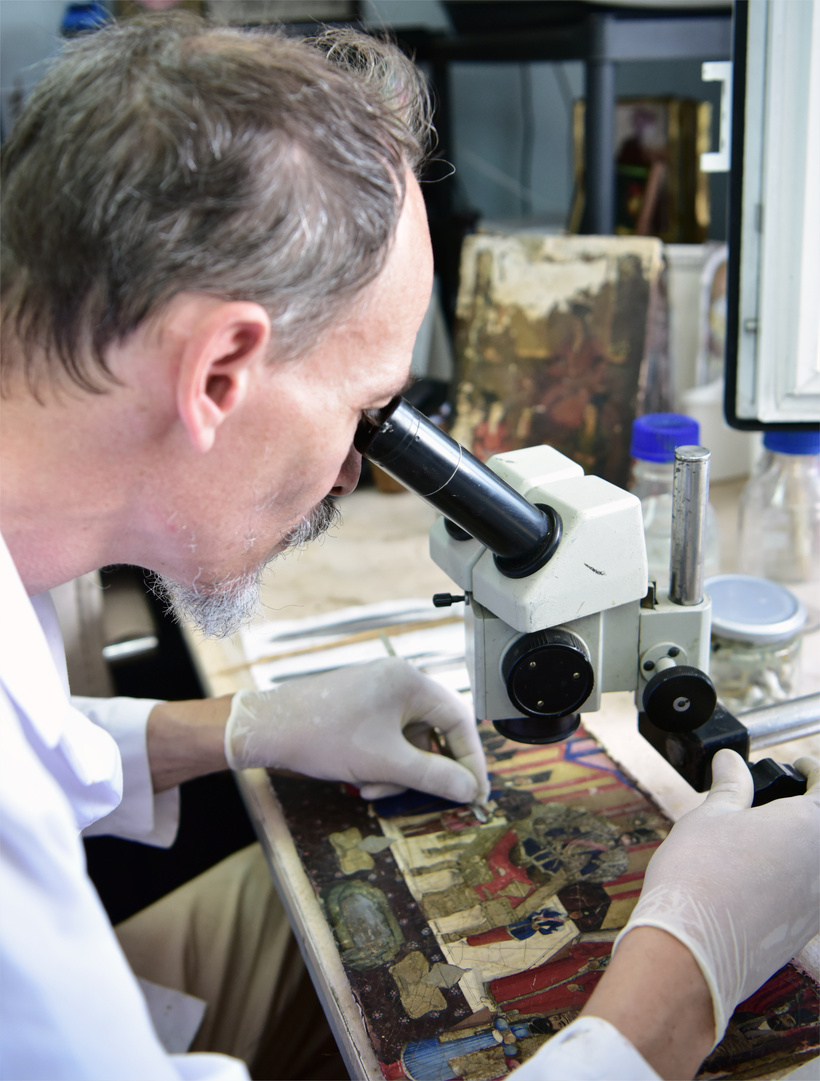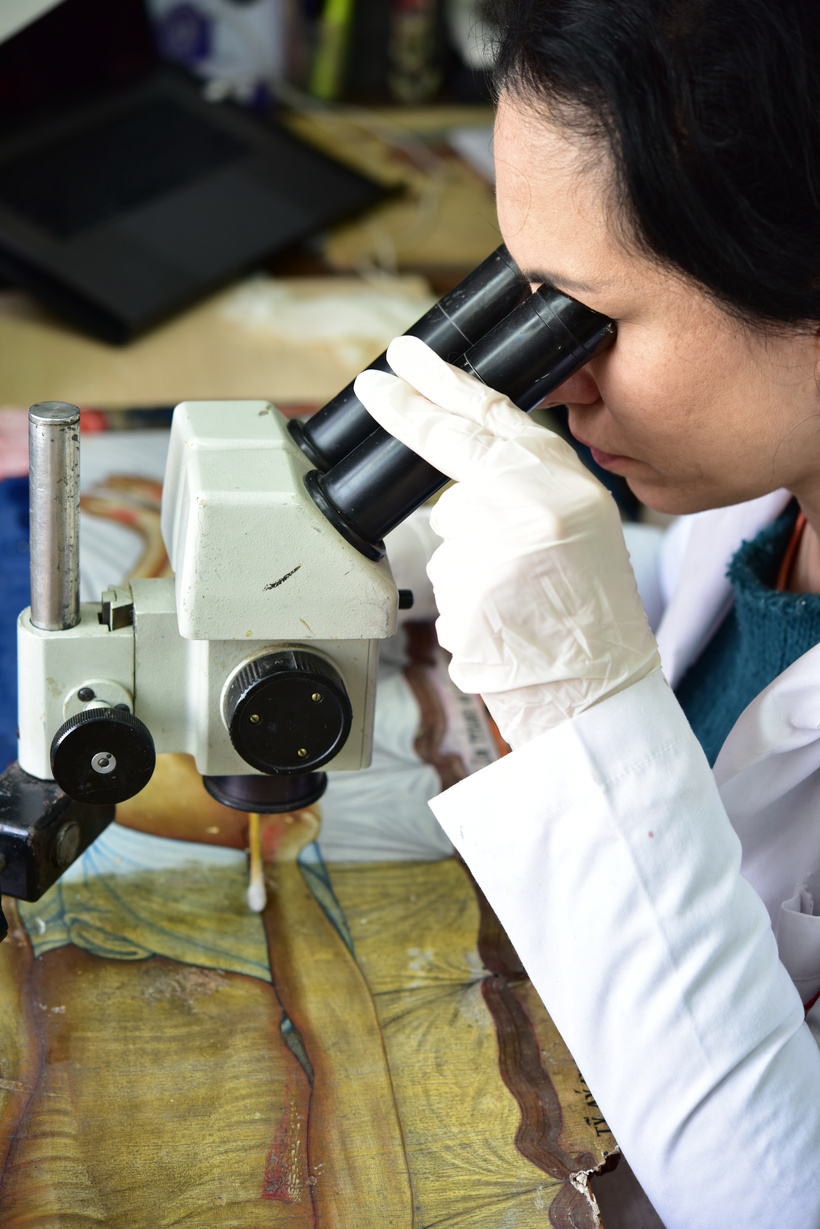The Critical Challenges Facing Historical Paintings and the Role of Conservation and Restoration in Their Preservation
Historical paintings constitute a vital part of humanity’s artistic and cultural heritage. Beyond their aesthetic value, these artworks serve as documentary evidence of historical periods, societal norms, and technological advancements. However, centuries of exposure to environmental and human-induced factors have placed many of these artworks at risk. Conservation and restoration provide the means to preserve, protect, and safeguard these historical artwork treasures, ensuring their transmission to future generations.
Deterioration Factors in Historical Paintings
Environmental Factors
Fluctuations in temperature and relative humidity can cause the expansion and contraction of canvas and wooden supports, leading to cracking, warping, and flaking of the paint layers. UV radiation from natural and artificial light contributes to fading and photochemical degradation of pigments and binders.
 ©VENIS STUDIOS
©VENIS STUDIOS
Biological Agents
Historical paintings, especially those stored in poorly controlled environments, are susceptible to biological threats such as mould, bacteria, and insects. Insect infestations can deposit eggs or larvae within paint layers or support structures, leading to severe damage over time.
Chemical Degradation
Oxidation, acidification, and pigment alteration can drastically affect a painting’s appearance and structural integrity. Metal-based pigments, such as lead white or verdigris, often undergo chemical reactions that change their colour or promote paint layer deterioration.
Human Interaction and Improper Interventions
Previous improper interventions and treatments carried out with inadequate knowledge or unsuitable materials can cause more harm than benefit. Overpainting, the use of non-reversible adhesives, and aggressive cleaning methods may result in irreversible losses and damages.
 ©VENIS STUDIOS
©VENIS STUDIOS
Conservation and Restoration: Principles and Practices
Diagnostic Techniques
Before any intervention, detailed examination using scientific tools—such as infrared reflectography, ultraviolet fluorescence, X-ray radiography, and microscopy—is essential. These techniques allow conservators to understand the underlying composition, past interventions, and current conditions.
 ©VENIS STUDIOS
©VENIS STUDIOS
Preventive Conservation
This includes climate control, controlling the condition of paintings in need of conservation and restoration, careful handling, and safe display and storage conditions. The goal is to minimize the risk of deterioration before it occurs.
Conservation and Restoration Ethics
Conservation and restoration adhere to internationally recognized codes such as those outlined by ICOM-CC and ICCROM. Key principles include minimal intervention, reversibility of materials used, and respect for the original work’s integrity and historical significance.
 ©VENIS STUDIOS
©VENIS STUDIOS
Conservation and Restoration
When necessary, conservation and restoration treatments, such as consolidating flaking paint, cleaning surface contaminants, and removing discoloured varnish, are employed. Materials used are selected for their stability, compatibility, and reversibility.
The Moral Imperative to Preserve Historical Art
Historical paintings are not silent artworks—they are voices of the past, echoing across centuries with stories, beauty, and human expression. Yet, these masterpieces stand vulnerable, threatened by the relentless forces of nature, time, and neglect. Their preservation demands more than technical intervention; it calls for a convergence of science, ethics, and deep cultural responsibility.
Conservation and restoration are acts of guardianship—where chemistry meets compassion, and precision serves memory. Each flake of paint secured, each faded pigment revived, is a promise made to history: that we will not let the voices of the past be silenced.
Through interdisciplinary collaboration, technological advancement, and an unwavering commitment to cultural heritage, we carry forward the legacy entrusted to us. In safeguarding these works, we do more than preserve art—we preserve identity, memory, and the soul of civilization itself.
I want to learn more:
by Venizelos G. Gavrilakis
Edited Athina Gkouma
About the author:
Venizelos G. Gavrilakis, a renowned Senior expert art and antiquities conservator and restorer one of the few internationally experts of Byzantine and post-Byzantine icons, his expertismes expand also in historical oil paintings, and Ottoman-era artwork, historical artworks and antiquities. He has been working as a senior expert conservator and restorer since 1994 for more than 30 years. He has worked with various institutions and has been involved in international conservation meetings and conferences. He has also made 3 art restoration and conservation documentaries which they have been played on TV and cinemas. Gavrilakis is the president of the art and antiquities conservation and restoration company VENIS STUDIOS, based in Istanbul, Turkey, and has collaborated with goverment departments, museums, galleries, antique dealers, and private collectors.
-
Articles: World Art News articles

